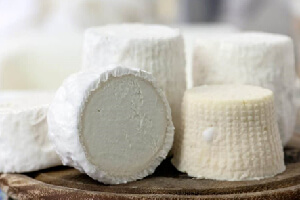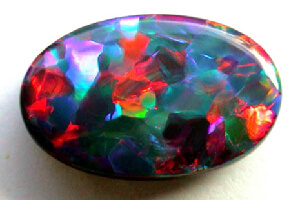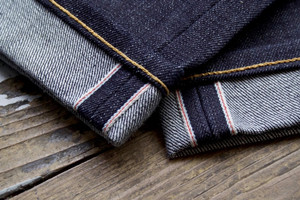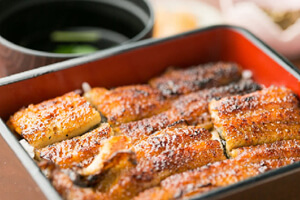Why Violin Bows Are So Expensive
Narrator: In 2017, a single violin bow sold at auction for $690,000. You can buy a beginner’s bow for less than $50, but a top-rate professional bow can often cost thousands of dollars. A bow like this is completely handcrafted by skilled artisans. And just one can take an entire week to make. Even the most subtle differences in the way a bow is made will change how well it plays. So, why would someone pay so much for a bow? And what makes it so expensive?
Violin bows are far more complex than they appear. And so much of what sets the value of a bow comes down to the artisan who makes it.
Sandrine Raffin: A bow is an extension of the arm. The ideal bow should not create a gap between the arm and the moment it reaches the instrument. It really must be the extension; it must be something…if the musician decides to do a very quick attack, it must immediately be transmitted when they play.
Narrator: Sandrine Raffin has spent the last 30 years mastering this craft at her family shop. To begin building a bow, she needs raw materials from specific regions of the world. The most essential are Pernambuco wood from Brazil and horsehair from Mongolia that costs $900 a pound. Typically, horses in cold climates have thicker and stronger hair, which won’t break as easily while playing.
Sandrine Raffin: What is important is to have horsehair that is naturally white and not bleached, because bleached horsehair is like a human hair; it becomes more fragile. What is important to know is that on horsehair, there are tiny scales. And through rubbing and playing, the tiny scales go away. So a musician will put rosin on it to help, but after a while, the hair becomes very smooth and dirty with rosin.
Narrator: Because of this wear and tear, even professional ones must be rehaired every three months, which is a large part of a bow maker’s restoration work. So much of this process relies on the natural instinct of a bow maker.
Sandrine Raffin: There are people who will count the number of hairs. Us, we do it by feeling. But then, we really do it by feeling, according to the width of the ferrule and how nervous the stick is. If a bow is quite nervous, we can put in a bit more hair, so it reacts well. If the bow is supple, we will take it out.
Narrator: By “nervous,” Sandrine refers to bows that are too stiff for a musician to maintain balance. They must be sturdy, yet flexible enough to move fluidly.
Sandrine Raffin: It’s true that it is a wood that is quite dense, nervous, but at the same time, it maintains a high quality of elasticity. Because the bow must be, at the same time, nervous, but also keep some flexibility. So we can’t make a bow with ebony, for instance. It wouldn’t work, it would be far too nervous. It would be unplayable.
Narrator: Every small alteration by the bow maker, from carving the head of the stick to tweaking the curve of the bow, determines how well a bow will play and ultimately sets the final value.
Sandrine Raffin: I would say, like any manual work of precision, we work on the tenth of a millimeter, so – well, you must be constant in your work and precise.
Narrator: So even as ideal as this wood is for bows, it’s up to the bow maker to determine that the shape of the stick is just right. Then Sandrine must consider the age of the wood, another time-consuming element of the process.
Sandrine Raffin: Often, entry-level bows are made by a machine with wood that is not dry. And so these bows, after six months to a year, will start to turn in every direction. Because of the wood essence, because of the age of the wood – it’s like a wine. An old wine had time to get ripe, quite simply. Even if we use old wood, we can’t compare a modern bow, even with wood from 20 to 30 years, with a bow that is more than a century ago, sometimes more.
Narrator: Sandrine has restored bows made by master artisans from hundreds of years ago. These bows only remain playable with routine repairs, but because of their rarity and centuries-old wood, just one of them can be worth tens, even hundreds of thousands of dollars.
Whether a bow is ancient or modern, each one appeals to different people. And it’s up to the musician to decide whether the price and quality of sound are worth it.
Sandrine Raffin: We often talk about a “marriage of three,” which means that we talk about a marriage between the bow and the musician and then with the instrument, meaning that for the same musician, with the same instrument, you can give three, four, or five different bows; the sound will be completely different.
Narrator: Like Sandrine, many esteemed artisans have studied this craft in France, where prominent French bow makers like François Xavier Tourte developed the modern bow. Bow makers don’t typically go to school, as you would with violin making. Instead, many must train as an apprentice for three years under a master bow maker. That tradition continues for Sandrine today, as she shows the next generation how to make bows by hand.
Sandrine Raffin: In itself, each bow is different and teaches us something. We learn every day. And I must say, after 30 years, there is never a morning when I wake up – sometimes I wake up tired, but I never wake up thinking, “D–, I have to go to work.”















